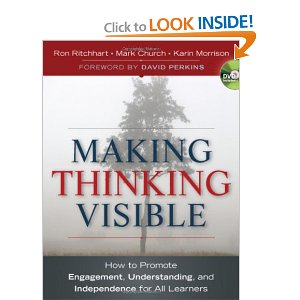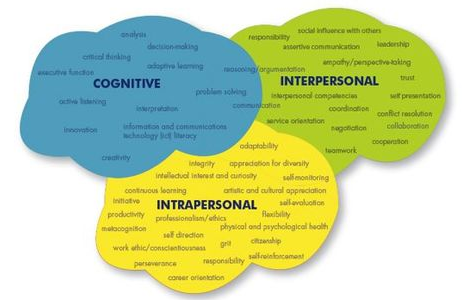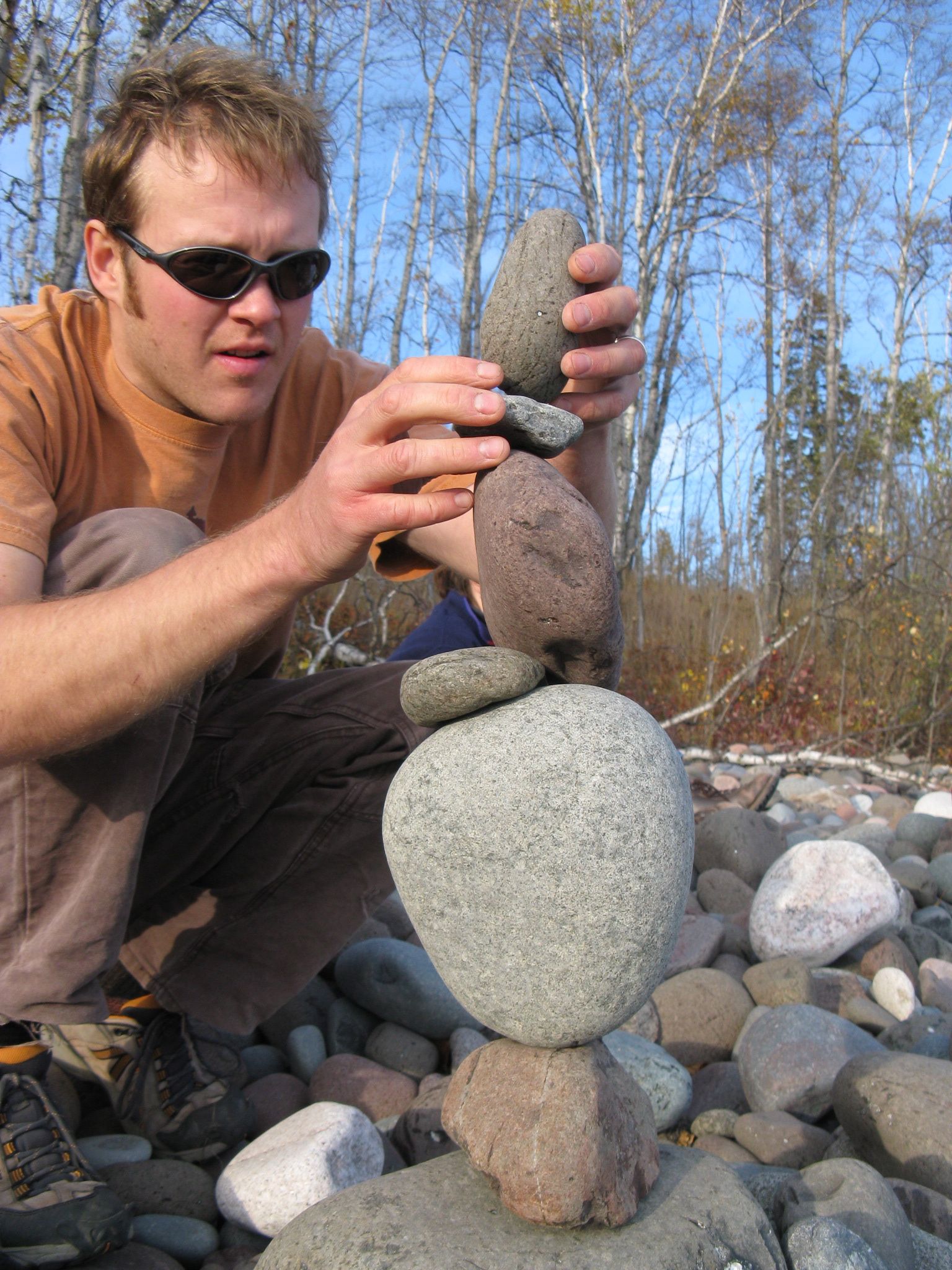In a fine blog post that is well worth your time, Paul Freedman offers a fascinating and compassionate glimpse into the mind and actions of a 4-year old Godzilla. Paul describes engaging Vlad, a self-described “bad Godzilla,” in a project to help re-build a hut-structure in the school’s play space. Eventually, Vlad calms down, helps Paul with the project, and begins to describe himself as a good Godzilla “who can help people when they need help.” Freedman challenges himself (and us) to ask ourselves this question whenever we encounter a child who is acting in a destructive manner: What does this child need from me? (Probably he would agree that this is always the question to ask, no matter the behavior.)
What a wonderfully compassionate, and ultimately realistic, question to ask. Compassionate because it asks us to form a relationship with another, rather than attempt to control him. Realistic, because ultimately there is no lasting control, except self-control. Each action, each word, each response communicates something meaningful. Freedman’s question asks that we listen more deeply than the level of what is said or done. While he doesn’t say it, I hear him asking us to listen to children at the level of what some might call the soul.
Freedman doesn’t stop with describing this success story. He’s been in the business long enough to know there is no “fade to black” to this scene. Real-life is unlike those heroic teacher movies. No credits scroll across the screen of his day. The music doesn’t swell and the house lights come on. Instead, the sun sets. The sun rises. And Vlad will arrive at school; it will be a different day. Paul (and most especially, Vlad) will have to somehow understand what happened and begin to create what will happen next. Freedman ends his entry with some powerful questions:
What implications are there for his schooling and for the program in general? I certainly don’t believe this “problem” is “solved.” Something is going on for Vlad that requires attention. So was this afternoon a step in the right direction? Does it offer us insight? Or was it merely a momentary and welcome distraction? I’d love to invite you all to share your thoughts. What does this story bring up for you?
So, I’m going to respond to Paul, but since I didn’t want to take up all his comment space with a long-ish story, I’ll tell my story here, one that I’ve been meaning to tell. (Names have been changed.)
The story of Larry
Three years ago Larry arrived in my third grade classroom. He came with a ‘rap sheet’ from former teachers. He was a loner. He spent much of his time in the principal’s office. It was difficult for Larry to express himself in appropriate ways. (I suspect that he struggled with that in some neurological way beyond my ken.) But primarily he expressed anger. He argued and fought with others, including teachers. The first several weeks of school were difficult, to say the least. He screamed at me, at others, and just at the world. He argued, crawled on the floor to the bathroom, hid under his group’s table, and generally scribbled through all of his work without completing it.
One clear answer to Paul Freedman’s question was this: Larry needed me to know that he hated being in school.
It was hard. Hard for him, hard for me, and hard for the other kids in our classroom. I told Larry that I wouldn’t send him to the principal’s office. That wasn’t an option. I told him that I wanted him with me, in the room if possible. If not, then he could go out to a table in the hallway, prop the door open, and try to get himself under control. I told the other teachers on my hall that I was sorry, but they would have to help me out by keeping their doors shut when the noise got too loud and to not complain to me while we worked through this. (They could complain to each other and to their husbands, but not to me!)
Three things started to bring about a gradual, then a much faster change in Larry. First, I didn’t go away and didn’t want him to go away. Each moment was new and as soon as he became easier to deal with, I spent time with him so we could build a relationship during the good times. It would have to last us through the bad times. We got to know each other better and better as time went on. We built trust and respect.
Second, during these good moments I discovered that Larry had a soft and kind heart. Ours is a small town and I often see students around town. One day I saw Larry walking home from school with his younger brother. He was so watchful and careful with the little guy. I watched Larry carry his brother’s backpack along with his own, and wait at intersections until his brother was ready to cross. He was so careful and considerate. Sometime in the next several weeks I mentioned that I had seen them walking and described what I had seen him do, and told him that I thought that showed what a kind hearted guy he was. I still remember the look on his face after I told him that. He had a habit of never looking directly at anyone. This time he lifted his head, tilted it, and locked his eyes with mine.
Third, I try to clear space in our literacy block time for the children to work on self-selected research and writing projects. I discovered from his father that he liked to draw cartoons and created cartoon stories at home. I asked Larry if he wanted to do this in school. If so, I’d love to see some of his work. He started slowly, but soon began to generate reams and reams of comics during our project times. I got him some comic blanks and he filled them up.
Pretty soon other kids began to get interested in what he was doing. They’d gather around in small groups and watch him work. They’d ask him questions and honored him by wanting to try to do some comics, too. These relationships began to build. Classmates started to see Larry as someone with talents and an immense imagination, rather than just the kid who argues and shouts and is difficult to deal with. Some started exploring imaginative play during recess. Others began to sit with him at lunch and chose him to play math games in our classroom. Expressing himself was still hard, but he was happy and known and respected.
The year ended, as they often do, with a sappy group hug and many tears. But Larry sat at his table by himself. I asked if he wanted to come over with his classmates, but shook his head, sat there, back to us, staring straight ahead as we hugged and celebrated. The bell rang and the kids got their backpacks for the last time. I moved over to Larry and put my arm around him. He was crying. I told him that I had a wonderful year, that I was glad to have had him in our classroom, that I had learned so much from him. He said that he didn’t want to leave. I told him that I liked him a lot, but that I thought he didn’t have to worry about next year; that all the good things that he had done this year were his to keep, not mine, because they were things that he had done, not me; and that he could take the Larry he had made wherever he went because it was who he is. And that person was beautiful.
There are some kids that just really get all the way inside, don’t they?
So, I’m left with the same questions as Paul. While Larry was able to “rescue” himself for the year, was it just a welcome, but momentary — a 1/2 year — distraction? Could he carry the self he had created that year, fragile as it was, on through time? Could he continue the project of building a better Larry even farther into the future? And, how could I imagine my own construction project to build a better me because of what I had seen Larry do that year?
None of this had anything to do with what school is supposed to be about, to get kids career and college ready. None of what I’ve written about had anything to do with standardized testing, and couldn’t be measured in any way but the heart. Yet, this (and others) have been some of the most important moments that I’ve had in school. Perhaps for some children, too.
Beyond that. What I learned from Larry was how powerful listening can be. How, away from the storms, time and effort can caulk a leaky hull and make a boat seaworthy once again. How being known and understood is nearly everything. That most people would rather be known as good than bad, if good is an option.
The final thing I learned was that a life is a construction project. That each of us will sail the vessel we build to whatever ports we wish, or must. That’s our joy, and our sorrow. I never found out what happened to Larry. That summer he and his family moved north and I haven’t heard from him since.


 For deeper learning to occur, teachers “should use modeling and feedback techniques that highlight the processes of thinking rather than focusing exclusively on the products of thinking.” So, we teachers should strive for not just knowledge transmission, but developing the student as a thinker. Furthermore, this process isn’t easy. The authors go on:
For deeper learning to occur, teachers “should use modeling and feedback techniques that highlight the processes of thinking rather than focusing exclusively on the products of thinking.” So, we teachers should strive for not just knowledge transmission, but developing the student as a thinker. Furthermore, this process isn’t easy. The authors go on: What needs to be done
What needs to be done